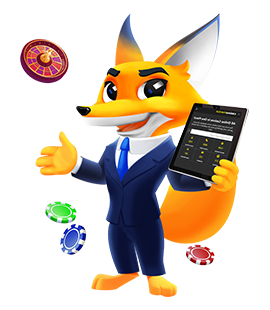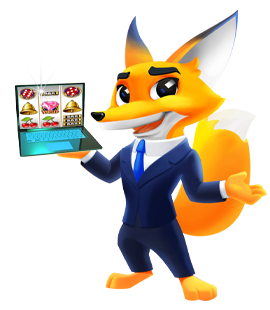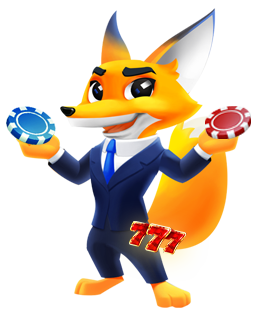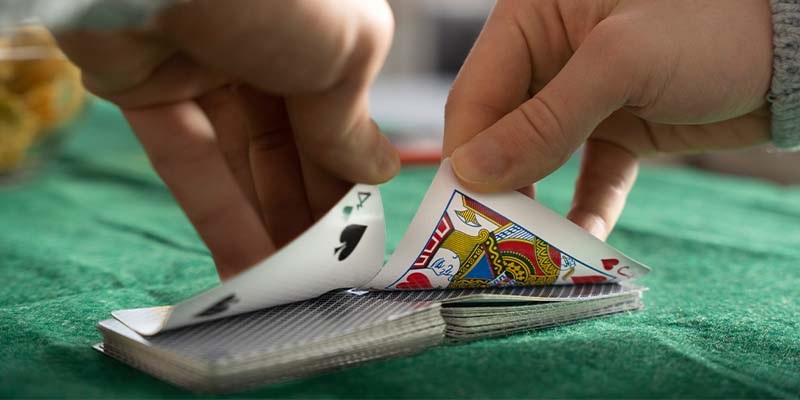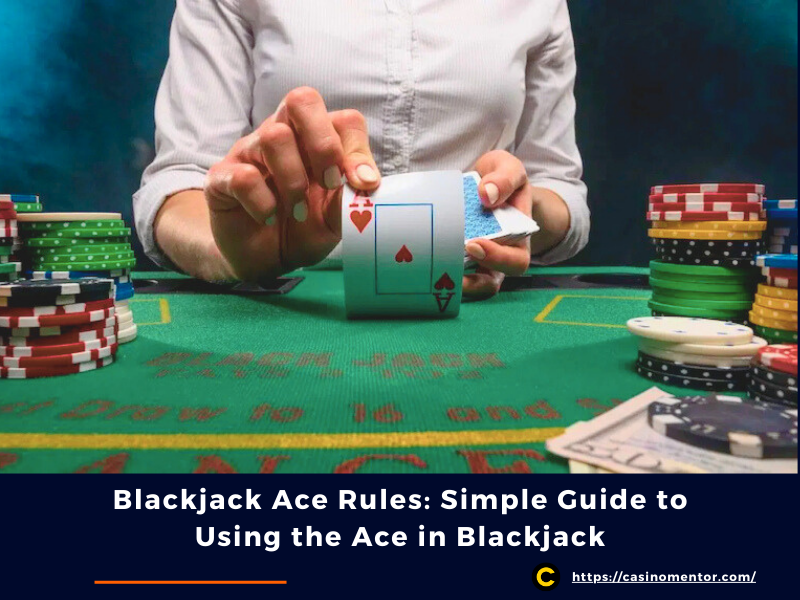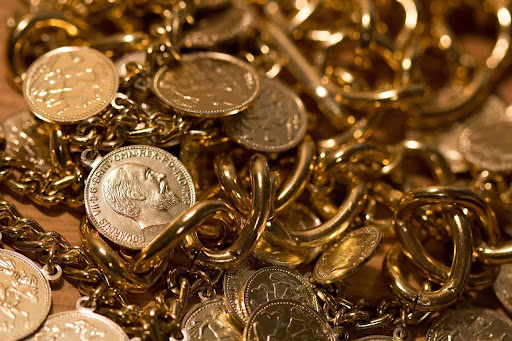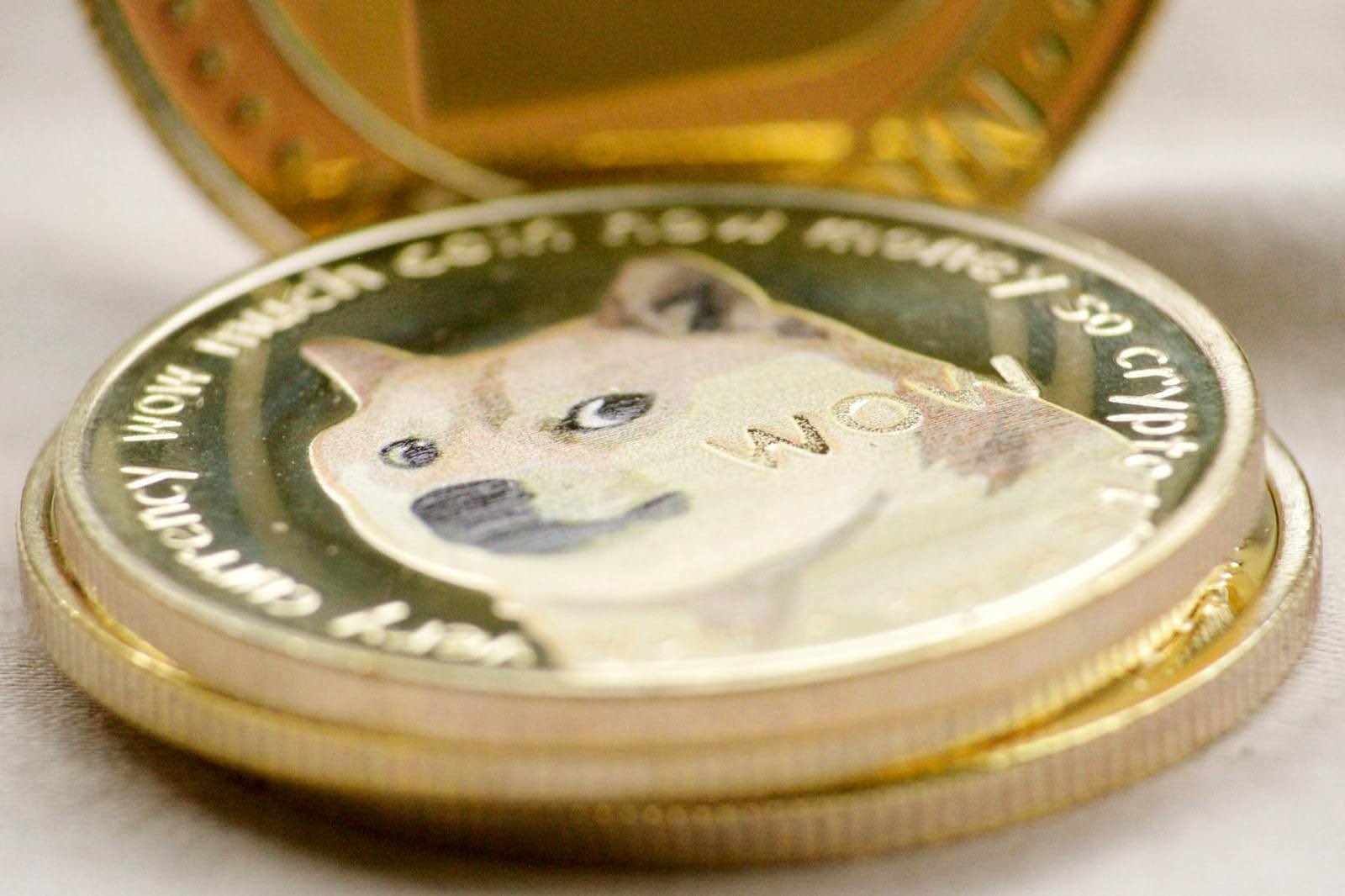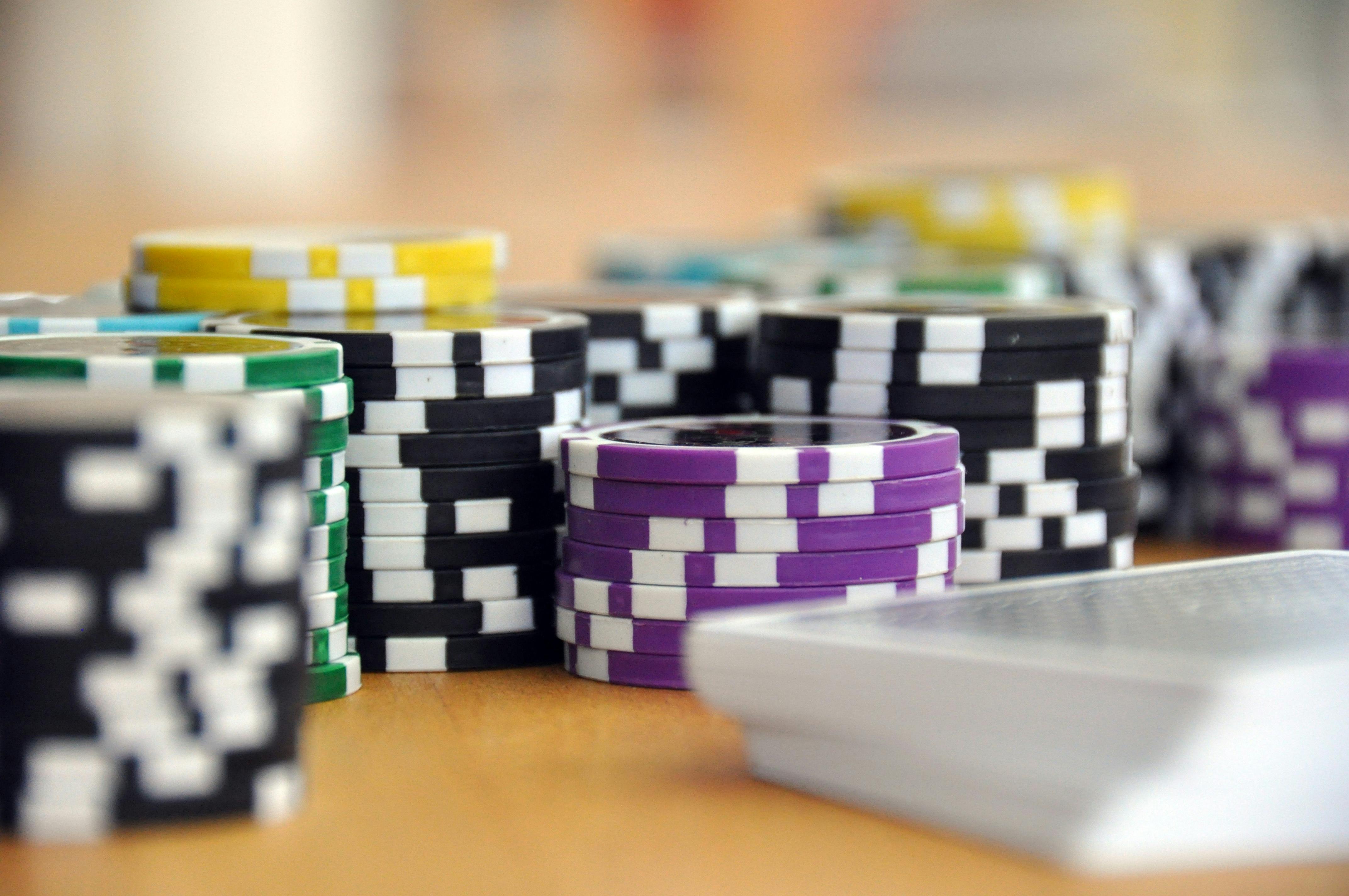Soft 17 Rules in Blackjack: Top Strategies for Beginner
Soft 17 blackjack is a hand where you have an Ace counted as 11 and other cards, like a 6 or two 3s, making the total 17. Knowing about blackjack soft 17 is important because it helps you decide whether to hit or stand.
This hand also affects how the dealer plays, and that can change your chances of winning. The Soft 17 rule for the dealer can make a big difference, so it’s good to understand how it works.
Let’s explore this more in the article below!
Blackjack Soft 17 Explained: What is It?
In online blackjack, a soft hand is any hand that includes an Ace counted as 11 points, giving the player a lot of flexibility. A blackjack soft 17 like Ace-6 or Ace 3-3, the Ace can count as 1 or 11 to fit your hand better. This flexibility allows you to hit without the risk of busting immediately.
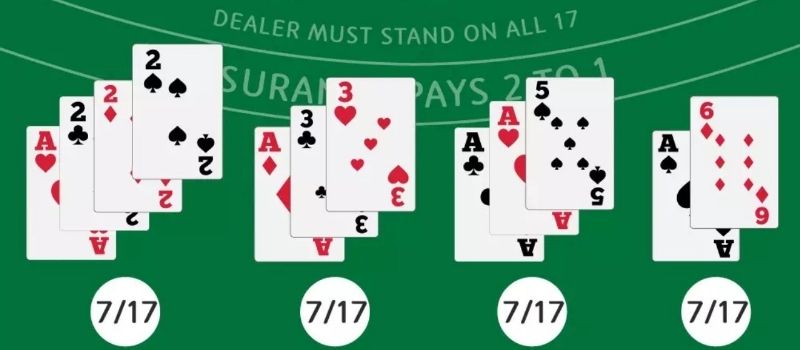
Before using the Soft 17 strategies in this article, it's important to understand the difference between Soft hands and Hard hands in Blackjack. Knowing how to tell them apart will help you play better!
Dealer Hits or Stands on Soft 17 Blackjack: Dealer's Rules
The dealer’s rules for Soft 17 blackjack can be different depending on the casino. In some places, the dealer has to stand on Soft 17, while in others, the dealer must hit. This leads to two main rules:
- Stand on Soft 17 (S17): If the dealer totals 17 with the Ace counted as 11, they cannot take any more cards. This rule is good for players because it lowers the casino’s advantage by about 0.2%.
- Hit on Soft 17 (H17): The dealer can draw another card in this situation, which gives them a better chance of improving their hand. This can cause players to lose more frequently. In this rule, the house edge is usually approximately 0.64%.
You can check which rule is being used by looking at the game table. If it says “Dealer Hits Soft 17,” it means the dealer will take another card if they have a Soft 17. Knowing this rule can help you adjust your strategy and improve your chances of winning.
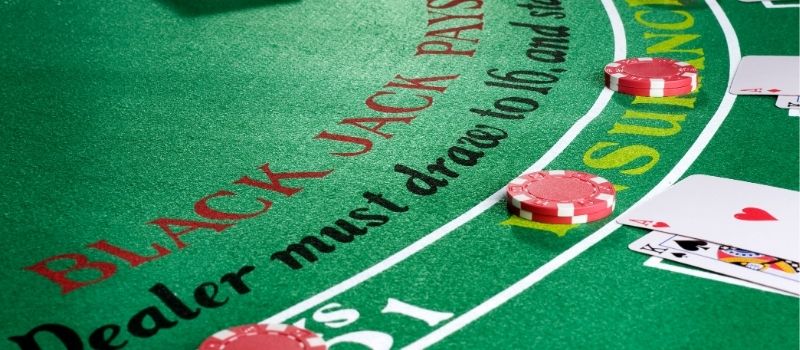
The Impact of Hit Soft 17 Rule on House Edge
When a casino uses the Hit Soft 17 rule, the dealer will draw another card when they have a Soft 17 (totaling 17 with the Ace counted as 11). At first, it might seem like this helps players because the dealer could bust more often.
But, if the dealer doesn’t bust, this rule actually gives the casino a better chance to win. Compared to when the dealer has to stand on Soft 17, your chances of winning go down by about 0.20%. In other words, the Hit Soft 17 rule makes it a bit easier for players to lose.
To play smart with the Hit Soft 17 rule, if you have a hard 15 or 17 and the dealer has an Ace, think about surrendering (if it’s allowed). This is an effective way to protect your bankroll and minimize losses.
The Hit Soft 17 Rule increases the casino's edge
h17 = dealer hits soft 17
das = player can double down after pair splitting
rsa = player can replit aces
ls = late surrender is offered
Decks | Rules | Casino Edge |
Single deck | h17 | 0.18% |
Single deck | h17, rsa | 0.15% |
Single deck | h17, das | 0.06% |
Double deck | h17 | 0.53% |
Double deck | h17, rsa | 0.48% |
Double deck | h17, das | 0.40% |
Double deck | h17, das, rsa | 0.35% |
Double deck | h17, das, rsa, ls | 0.28% |
6 deck | h17 | 0.76% |
6 deck | h17, rsa | 0.69% |
6 deck | h17, ls | 0.67% |
6 deck | h17,das | 0.63% |
6 deck | h17, das, rsa | 0.56% |
6 deck | h17, das, ls | 0.54% |
6 deck | h17, das, ls, rsa | 0.46% |
A report from Current Blackjack News by Stanford Wong highlights that only 17% of casinos on the Strip stick to the stand on Soft 17 rule, while 40% use the hit soft 17 rule, and 43% offer a mix of both. The Hit Soft 17 rule is getting more popular, especially in local casinos.
Even though the stand on soft 17 rule gives the house an edge, many casinos balance it out by offering fewer decks (one or two) and some player-friendly rules.
You can refer to the table below to better understand blackjack strategies for hard 17 and soft 17 hands. It will show you the best move based on your hand and the dealer's upcard.
Hand | S17 Strategy | H17 Strategy |
11 vs Ace | Hit | Double |
Soft 19 vs 6 | Hit | Double |
A7 vs 2 | Hit | Double |
Eights vs Ace | Split | Surrender |
15 vs Ace | Hit | Surrender |
17 vs Ace | Hit | Surrender |
You can understand soft 17 and hard 17 rules using the Blackjack strategy table
Even though single-deck games are harder to find, you should change your strategy when you have 18 and the dealer shows an Ace. Here are two important tips:
- Hit with Ace-7 against an Ace: Instead of standing, you should hit to try and improve your hand. It’s a good idea because the risk is lower when the dealer has a strong card like an Ace.
- Split a pair of Nines against an Ace: When the dealer has an Ace, you should split your Nines rather than stand. Splitting increases your chances of winning by producing two stronger hands.
Blackjack Strategy Chart: 4/6/8 decks, Dealer Hit on S17
Refer to the Blackjack strategy chart below to gain a better understanding of how the dealer's choices impact your strategy. This chart gives you specific guidelines on how to play in certain situations, such as when the dealer hits or stands on Blackjack 17 Soft.
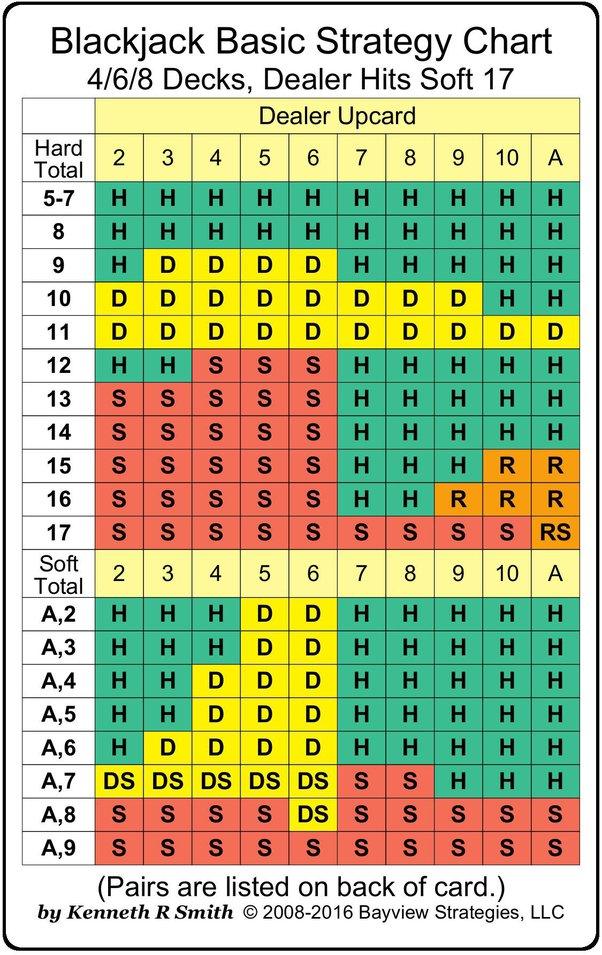
Symbols in the Blackjack Strategy Chart:
- H (Hit): Draw another card. Another card is dealt to the player.
- S (Stand): Stop drawing cards. You keep the hand you are holding.
- D (Double): Double the bet. You receive one more card, and your bet is doubled.
- DS (Double after Split): You can double your bet after splitting pairs.
- R (Surrender): You lose half of your wager and forfeit your hand.
- RS (Late Surrender): You can surrender after the dealer checks for blackjack.
Examples:
- The strategy chart indicates that you should resign (R) if you have a hard 15 and the dealer's upcard is 10.
- If you has a soft 17 and the dealer's upcard is 9, you should hit (H).
When to Hit or Stand on a Soft 17
When facing a soft 17 blackjack, players should always hit if the dealer's upcard is a 2, 7, 8, 9, 10, or Ace. But with a hard 17, you should never hit because the chance of going over 21 is high. Instead, it’s safer to stand, as the dealer is less likely to beat your 17.
Player Hand | Dealer Upcard | Action |
Soft 17 | 2 | Hit |
Soft 17 | 7 | Hit |
Soft 17 | 8 | Hit |
Soft 17 | 9 | Hit |
Soft 17 | 10 | Hit |
Soft 17 | Ace | Hit |
Below is what you can expect to win or lose when you stand or hit, based on the dealer’s card, assuming you're playing by standard rules without counting cards.
Action | Dealer Upcard 2 | Dealer Upcard 3 | Dealer Upcard 4 | Dealer Upcard 5 | Dealer Upcard 6 | Dealer Upcard 7 | Dealer Upcard 8 | Dealer Upcard 9 | Dealer Upcard 10 | Dealer Upcard Ace |
Stand | -15% | -12% | -8% | -4% | 1% | -11% | -38% | -42% | -42% | -48% |
Hit | -54% | -53% | -53% | -52% | -51% | -48% | -51% | -55% | -58% | -56% |
Loss rates for standing or hitting based on dealer's upcard
If you have a hard 17, you might lose about half of your bet.
For example, if you bet $10, you could lose around $5. When you choose to stand, your chances of losing are much lower if the dealer has a card between 2 and 7. Even if the dealer has a card from 8 to Ace, standing still helps you lose less than if you took another card.
When to Double Down on Soft 17
If the dealer shows a weak card like a 3, 4, 5, or 6 and you have a soft 17 (which is an Ace and a 6), you should double your bet instead of just standing. This gives you a better chance to win more when the dealer has a weaker hand.
Player Hand | Dealer Upcard | Action |
Soft 17 | 3 | Double down |
Soft 17 | 4 | Double down |
Soft 17 | 5 | Double down |
Soft 17 | 6 | Double down |
For instance, you might only make £1.20 for every £100 wager if you only stand with a Soft 17 against a dealer who shows a 6. But if you decide to double down in this case, you might be able to make £26 for every £100, which would greatly boost your profit
The Bottom Line
Understanding Soft 17 in Blackjack is more than just knowing a basic rule. It’s a key part of the game that affects both how the dealer plays and how you should make your decisions. By learning how to handle Soft 17, you’ll be able to make smarter choices in each hand and improve your overall strategy. This knowledge will help you feel more confident at the table, and give you a better chance to win.

